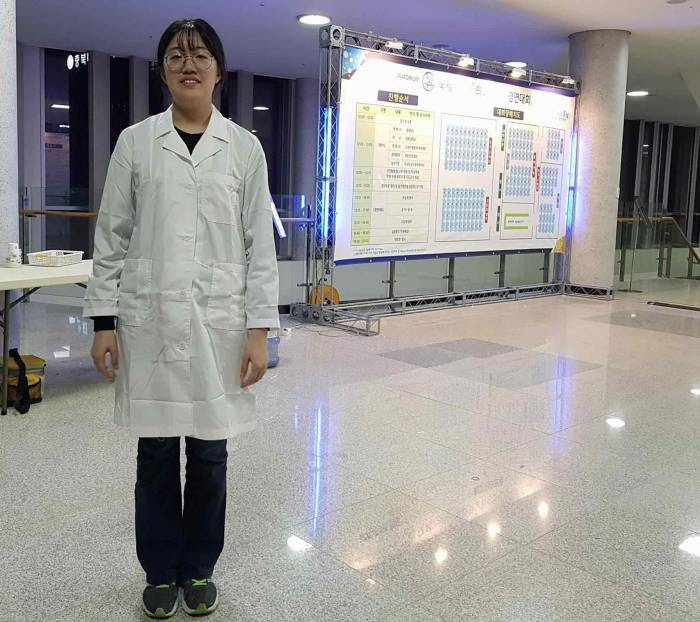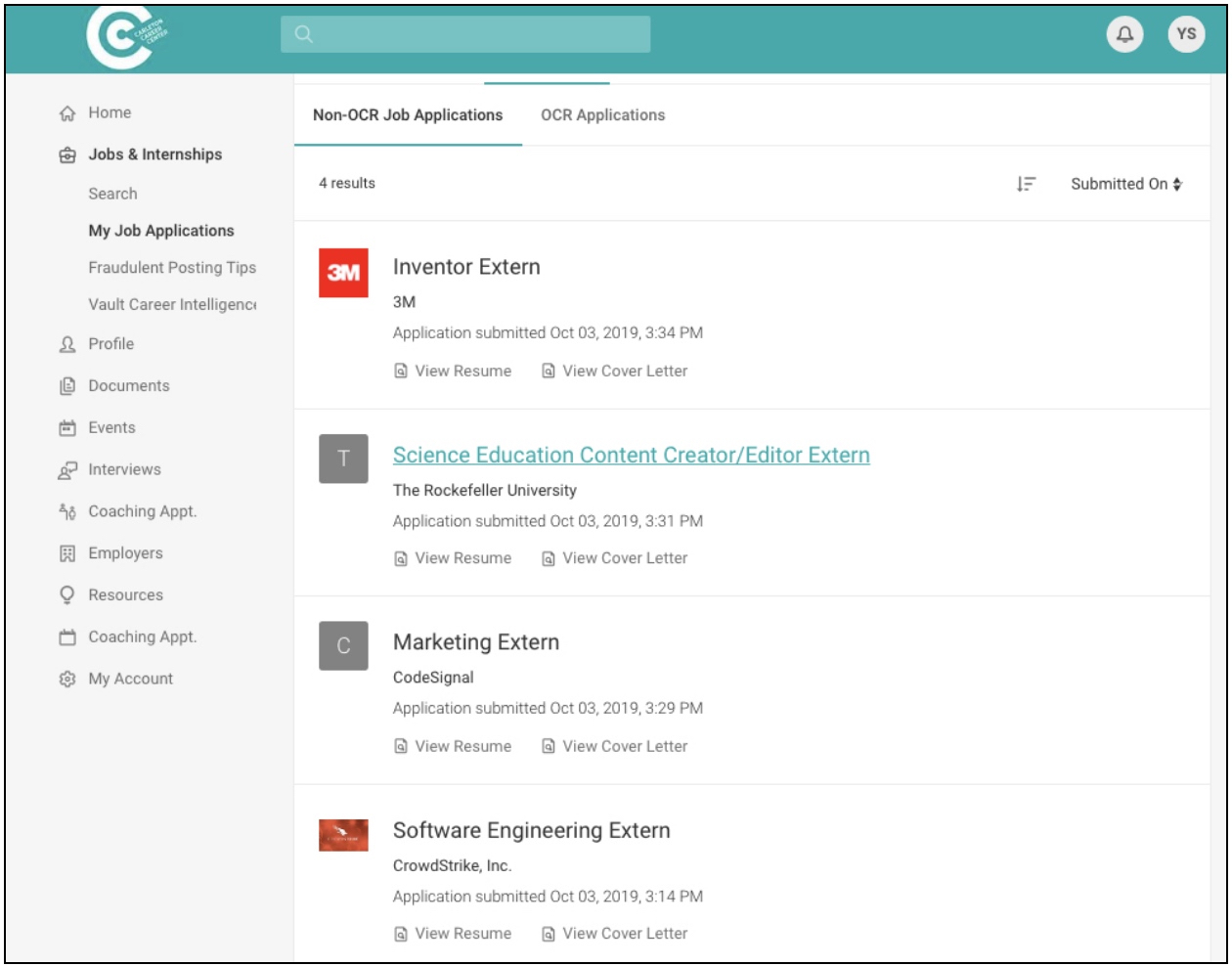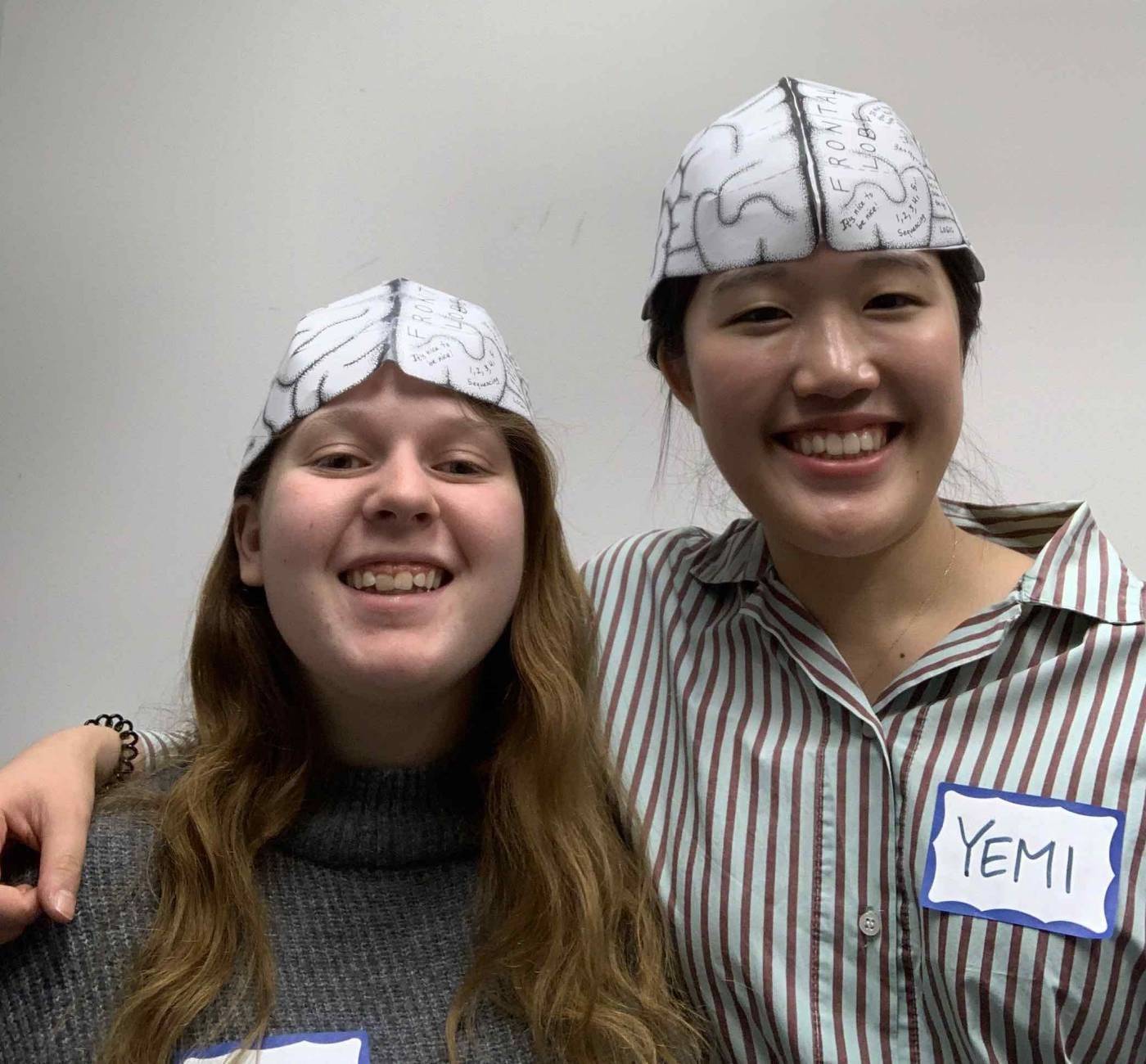Finding My Niche in Science: Combining Research, Education, and Creativity
Growing up in the suburbs of South Korea, I did not live in close proximity to nature, nor did I do any particular outdoor activities that would introduce me to biology. I only realized I was interested in biology after coming to the U.S. for my father’s work. My middle school biology teacher was passionate about biology, and that engendered a passion in me. As I was beginning to acquire the linguistic capability to articulate my new-found knowledge in English, I marveled at the chance to hurry back home and tell my parents all about the cool things I learned in my biology class.

Pictured above, Yemi participates in her 2016 high school science competition!
After three years, I returned to Korea to complete middle and high school. I set my goal to become a scientist and did a variety of extracurricular activities to achieve this, such as: participating at International Genetically Engineered Machine Competition in 2017 and interning at university labs. Beginning in middle school, I enjoyed reading science books geared towards the general public. I gravitated towards this niche literature because it made science accessible to those who would otherwise not be exposed to it—like me. It made me “see” essential molecules that I had never seen before and made me feel like a scientist, even though I had no prior experience in the lab. The indirect experience I got by reading science books inspired me to start thinking about how I might spread the knowledge of science to people all across society.
This thought led to another dream of mine: to write science books for non-specialists audiences.
As I was pursuing my goal of becoming a scientist, however, I realized that I did not like spending such long hours in the lab. I had a misconception that scientists needed to love every moment of the experimental process and never be bored. Thinking I was unfit for this job, I started exploring other interests. Apart from my scientific interests, I enjoyed interacting with people, designing things (like posters, web pages, and t-shirts), and teaching young students. But, I did not know how to reconcile my love for science and my seemingly “conflicting” creative interests. As I continued to read science books, however, I was reminded of the science that exists outside of the lab. I remembered that my desire to spread knowledge of science through education was really the motivation that got me into science in the first place. Science was never a one-size fits all. With the appropriate determination, drive, and interest, anyone could contribute something to science; whether it be discovery, application, or perpetuation of knowledge.

Pictured above is the job posting on the Internal Carleton College Career Center website.
This gradual process of understanding my interests and goals brought me to my current position, a Science Education Content Creator intern at RockEDU. As soon as I saw “Science Education Content Creator” in the internship listing on my college’s career website, I felt like all the keywords of my career interests were encapsulated into one internship.
I loved science. I loved education. I loved creating content.
And, to top it off, the internship was located in my favorite city: New York City! I applied immediately and before I knew it, I was on a plane to NYC.
Over the course of my 3-week internship at RockEDU I learned to be a proactive, diligent, and versatile curriculum designer. When I started, I was nervous because although everyone was nice and willing to help, I had to figure out where I was (literally and figuratively), where things were placed, and what I needed to do. Although I knew what a protocol was, (I had followed them diligently in my college courses), I never created one before. I was clueless. But, my time was limited and I had to start somewhere.
My task was to figure out how to make a stable emulsion. An emulsion is a fine mixture of two liquids that are naturally immiscible, or unable to mix. In our case those liquids were water and oil, and I had to determine which emulsifier best mixed the two. I began by dumping all of the ingredients in my 15ml conical tube, and vortexed it for a few minutes until I saw something that was nearly cloudy. However, as I wrote down the protocol, I realized my oversight. I had forgotten to record how long I vortexed the sample and I forgot to measure the concentration of my sample. After discovering this and feeling a little embarrassed, I learned how to make a standardized protocol, to ask questions when need be, and to use a timer for something other than cooking ramen. Designing a protocol was a series of trial and error. But, beyond that, it was a meaningful experience that taught me to embrace the inevitable mistakes that arise during the creative process.
On top of being a scientist I took and edited pictures of my experiment—including the equipment and processes—and transformed this into materials for the website. Juggling multiple tasks was difficult, but it also taught me valuable skills that I will be able to apply to my fields of interest: scientific research and media.

Yemi poses with co-intern, Rebecca, during the Emulsion LAB Experience.
After designing my experiment and developing appropriate website content, I now had to share this information with real students! Apart from the joy of finally seeing my protocols in action, my head was filled with worries about whether the kids would enjoy the experiment and questions about what may go wrong. As the class of 11th and 12th grade students flooded in, my boss urged me to “go and have a conversation with the kids”. The request seemed simple, but it weighed on my shoulders as I feared that my “awkward undergraduate intern identity” would be blatantly exposed. But, as I watched the high school students navigate equipment that I had designed and set up, it suddenly sparked a sense of ownership in me. I went in and handed them the samples that I had prepared. I began asking questions about the activity in my best attempt to get them interested. Before I knew it, I was drawing diagrams on a piece of paper and telling them about micelles. As I became more comfortable, more students started showing interest, asking me questions, and showing me their samples. I realized once more in that busiest moment that I loved interacting with students, even the ones that may not show interest immediately. Getting them interested was actually my favorite part! As I stood in that room, I realized that we were more similar than I had initially thought. I felt an overwhelming sense of pride; at my experimental protocol and my ability to connect with the students. The synergy between the team, myself and the class facilitated the success of the LAB Experience.
As I reflect on my time at RockEDU, I realize that I was able to combine all my earliest interest (in science, education, and visual design) by working on different parts of science content creation. The interdisciplinary nature of the job opened my eyes to the various ways science and education can work together to build a better environment for students. And now I, that same child who delighted in coming home to tell her parents about science, is able to name what I have been wanting to do all along: science outreach.
